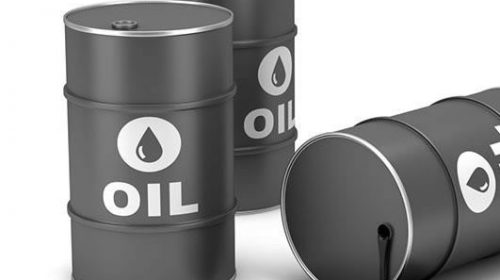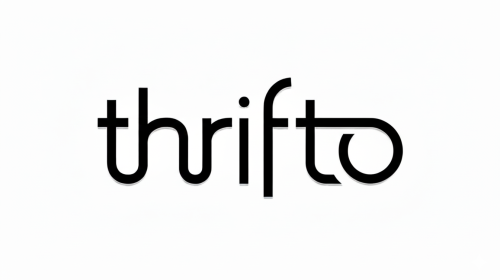Seplat Records $746million 2018 Full-Year Revenue ….Operating profit stood at $310million

Seplat Petroleum Development Company Plc, a leading Nigerian indigenous oil and gas company, listed on both the Nigerian Stock Exchange and London Stock Exchange, has announced its full year 2018 financial results and provides an operational update.
Full year 2018 results highlights 2018 working interest production within guidance; license renewal secured for OMLs 4, 38 and 41
• Full year working interest production of 49,867 boepd (comprising 25,669 bopd liquids and 145 MMscfd gas) within guidance range of 48,000 – 55,000 boepd; Uptime on the Trans Forcados System during 2018 was 85% (in line with budget), while average reconciliation losses stood at 8%
• License renewal for OMLs 4, 38 and 41 obtained with a new expiry date of 21 October 2038. US$25.9 million renewal bonus paid ensuring all conditions have been met (renewal bonus included in 2018 capex)
• 2019 production guidance set at 49,000 boepd to 55,000 boepd (liquids production range of 24,000 bopd to 27,000 bopd and gas production range of 146 MMscfd to 164 MMscfd) Strong profitability, cash flow generation and dividend reinstated
• Full year revenue US$746 million; operating profit US$310 million, profit before deferred tax US$238 million; after adjusting for deferred tax of US$91 million, net profit after tax stood at US$147 million
• Cash flow from operations US$502 million significantly ahead of capital expenditures of US$88 million • The board has recommended a final dividend of US$0.05 per share.
• 2018 gas revenue at a record level of US$156 million and accounts for 21% of total revenue in the year Refinanced balance sheet, continued to deleverage and preserve significant headroom in the capital structure
• Successfully concluded debt refinancing in Q1 2018, including debut US$350 million bond which diversifies the long-term capital base and new four year US$300 million RCF
• Cash at bank US$585 million and gross debt US$450 million resulting in a net cash position of US$135 million at end 2018
• Deleveraged further post period end by paying down US$100 million to bring the RCF to zero while retaining the undrawn headroom in the capital structure to support growth; as a result, current gross debt is solely the bond at US$350 million Project updates – FID sanctioned at the large scale ANOH project
• Final investment decision sanctioned by Seplat’s board for the ANOH project post period end; Phase I to comprise a 300 MMscfd gas processing plant with accommodation space for future expansion
• Amukpe to Escravos alternate export pipeline nearing completion; anticipated to be fully commissioned and operational in Q2 2019, ramping up to initial permitted capacity of 40 kbpd during Q3 2019; access to three separate export routes at our western assets and two at our eastern assets providing adequate redundant capacity will significantly de-risk distribution of oil production to market.
Commenting on the results Austin Avuru, Seplat’s Chief Executive Officer, said:
“Seplat has delivered an excellent operational and financial performance resulting in robust profitability and cash flow generation providing us with an extremely solid foundation for growth in the coming years. At our core assets in the West, OMLs 4, 38 and 41, the extension of the license to 2038 means that we can confidently plan and invest long into the future to realise the full potential of those blocks. As we continue to enhance production and revenue diversification with new wells scheduled at OML 53 in the East, the board took the Final Investment Decision to invest in the large scale ANOH gas and condensate development which will form the next phase of transformational growth for our gas business. Disciplined capital allocation continues to remain at the core of our activities evidenced by our continual deleveraging of our debt levels to the current balance of US$350m. In 2018, we reinstated the dividend, increased capital investments and with the resources and headroom in our capital structure, we are equipped to capitalise on organic and inorganic growth opportunities as they may arise.”







Leave a Reply